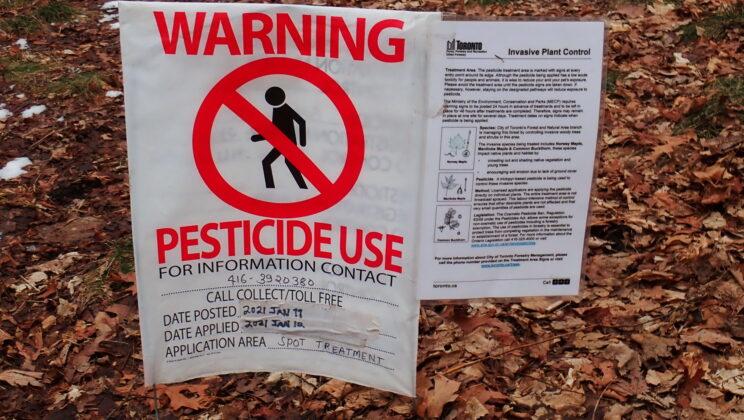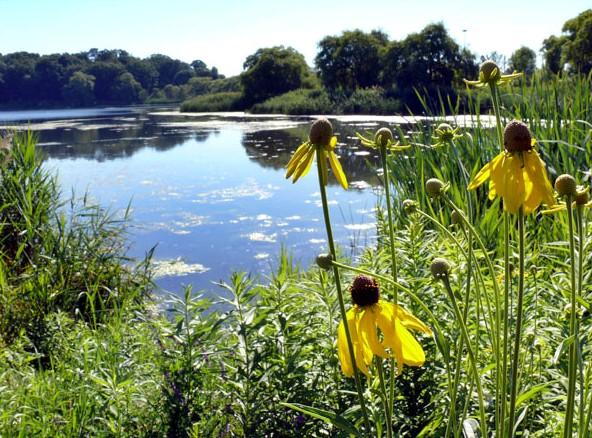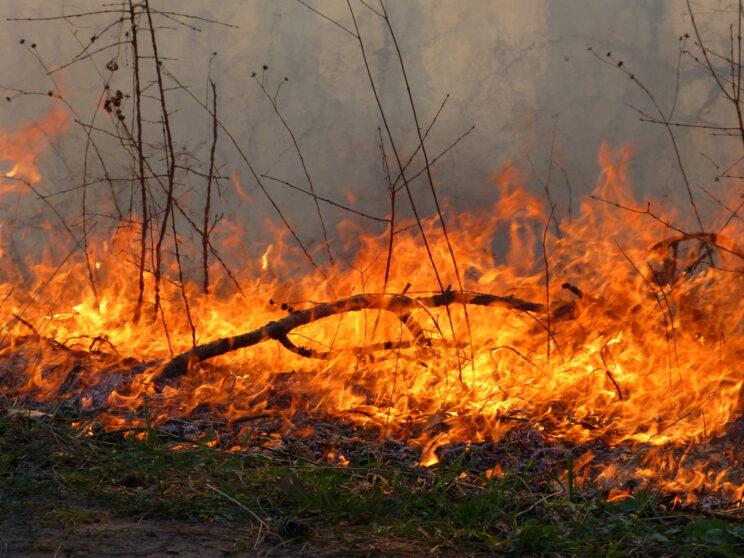Source: High Park "Jewel" brochure, rev. 2008
Invasive plants are plant species that aggressively colonize natural areas. Most are alien species introduced into North America for agricultural, medicinal, horticultural, or erosion control purposes, although some are opportunistic native species.

Thriving on Disturbance
Invasive plants tend to reproduce rapidly and widely, taking advantage of disturbed conditions such as path edges. They have few natural enemies. High Park is especially vulnerable to plant invasions because it is located in a highly urbanized landscape and its natural areas are fragmented by roads, trails and facilities.
Invasive Plant Species
The park’s open woodlands are very susceptible to invasion by dog-strangling vine and woody species such as European buckthorn and exotic honeysuckle. Ravine areas have been invaded by Himalayan balsam, Japanese knotweed, Manitoba maple and garlic mustard. Some of its wetlands have been overrun by colonies of tall Phragmites reeds.
Management Strategies
Many strategies are being used to control invasive plant species in the park. Efforts are being made to minimize the kind of disturbances (such as the creation of new paths) that fragment plant communities and create “edge” habitats. Planting native species around the edges of natural areas helps lessen the spread of invasive plants. Avoiding the use of soil from outside the park reduces the chances of importing seeds of invasive species. Restoration staff regularly monitor the prevalence of invasive plant species and evaluate the success of management strategies.
The selection of management tools to control the spread of invasive plants is particular to each species. Knowing how and when plants germinate and disperse seeds, for example, is an important factor in deciding how and when to take action. Mechanical methods of control, including cutting, mowing, girdling or hand-pulling, are successful against some species. Biological controls – using insects that are natural predators – are useful with species such as purple loosestrife. However, only a few invasive species have known safe biological controls, and mechanical methods have limitations – for example, woody species such as European buckthorn tend to re-sprout after cutting, and dog-strangling vine can actually multiply from broken root ends after the plant is pulled. For these and certain other shrubs and plants, the only practical option is chemical treatment, which involves painting foliage or stumps with herbicide. In keeping with the City’s commitment to reduce the use of pesticides and the terms of its pesticide by-law, herbicide is used as the option of last resort and is applied selectively and with great care.
In a small number of cases, control of invasive vegetation requires the removal of mature non-native trees, such as Norway and Manitoba maples. These trees produce dense shade which prevents the growth of a healthy understorey, contributing to slope erosion. They also produce an abundance of seedlings that out-compete native species. Removal of undesirable mature trees is carried out selectively and gradually, and the trees are replaced with native species that are appropriate for the site.




















